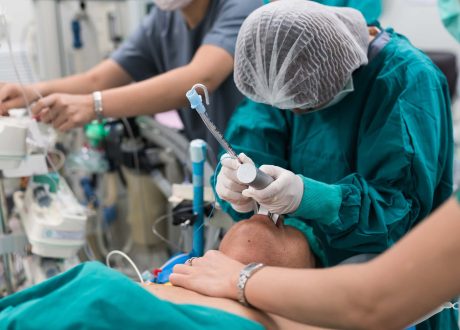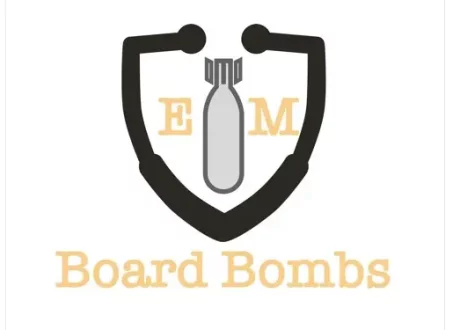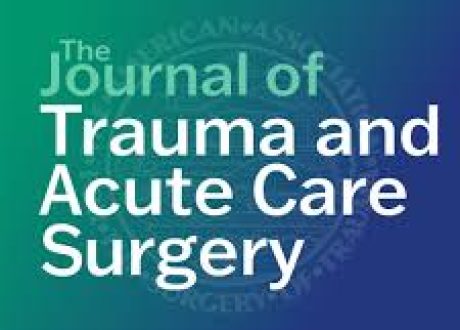Aug 5, 2024
Contributor: Megan Hurley, MD
Educational Pearls:
-
Initial assessment of patients with severe burn injuries begins with ABCs
-
Airway: consider inhalation injury
-
Breathing: circumferential burns of the trunk region can reduce respiratory muscle movement
-
Circulation: circumferential burns compromise circulation
-
Exposure: Important to assess the affected surface area
-
-
Escharotomy: emergency procedure to release the tourniquet-ing effects of the eschar
-
Differs from a fasciotomy in that it does not breach the deep fascial layer
-
-
PEEP = positive end-expiratory pressure
-
The positive pressure remaining in the airway after exhalation
-
Keeps airway pressure higher than atmospheric pressure
-
-
Common formulas for initial fluid rate in burn shock resuscitation
-
Parkland formula: 4 mL/kg body weight/% TBSA burns (lactated Ringer’s solution)
-
Modified Brooke formula: 2 mL/kg/% (also lactated Ringer’s solution)
-
Less fluid = lower risk of intra-abdominal compartment syndrome
-
-
-
Lactated Ringer’s solution is preferred over normal saline in burn injuries
-
Normal saline is avoided in large quantities due to the possibility of it leading to hyperchloremic acidosis
-
References
-
Acosta P, Santisbon E, Varon J. “The Use of Positive End-Expiratory Pressure in Mechanical Ventilation.” Critical Care Clinics. 2007;23(2):251-261. doi:10.1016/j.ccc.2006.12.012
-
Orgill DP, Piccolo N. Escharotomy and decompressive therapies in burns. J Burn Care Res. 2009;30(5):759-768. doi:10.1097/BCR.0b013e3181b47cd3
-
Snell JA, Loh NH, Mahambrey T, Shokrollahi K. Clinical review: the critical care management of the burn patient. Crit Care. 2013;17(5):241. Published 2013 Oct 7. doi:10.1186/cc12706
Summarized by Meg Joyce, MS1 | Edited by Meg Joyce & Jorge Chalit









